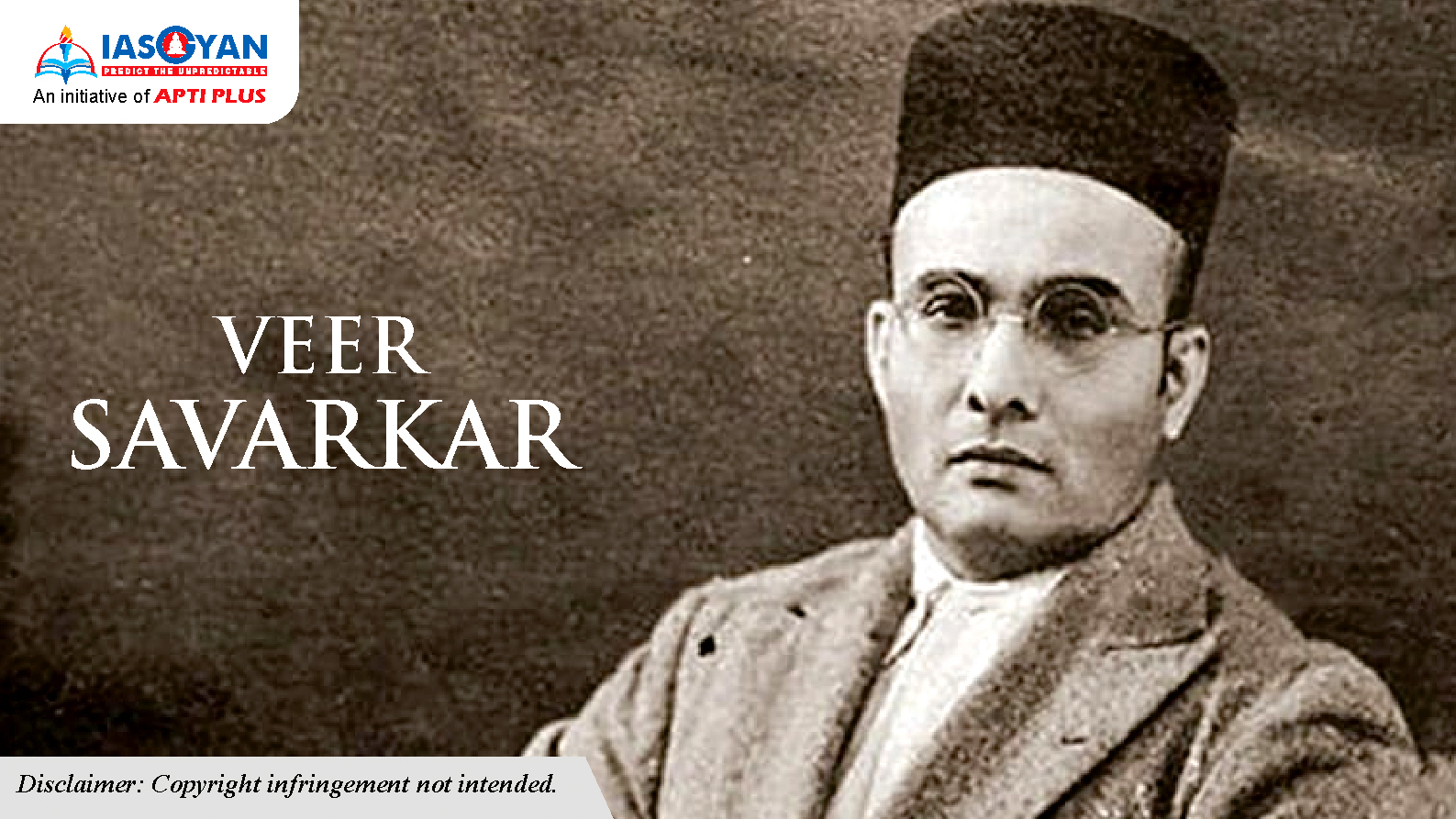




Vinayak Damodar Savarkar known among followers by the honorific prefix Veer, was an Indian politician, activist, and writer.
Nationalism
Social Reform
Political Party
Opposition to Quit India Movement
Alliance with Muslim League and others
Two-nation Theory
Literary Works
|
India House was a student residence that existed between 1905 and 1910 in North London. With the patronage of lawyer Shyamji Krishna Varma, it was opened to promote nationalist views among Indian students in Britain. It granted scholarships to Indian youths for higher studies in England. The building rapidly became a hub for political activism, one of the most prominent for overseas revolutionary Indian nationalism. The Free India Society was a political organization of Indian students in England, committed to obtaining the independence of India from British rule. Initially an intellectual group, it became a revolutionary outfit under its founding leader, Madam Bhikaji Cama. |
© 2025 iasgyan. All right reserved